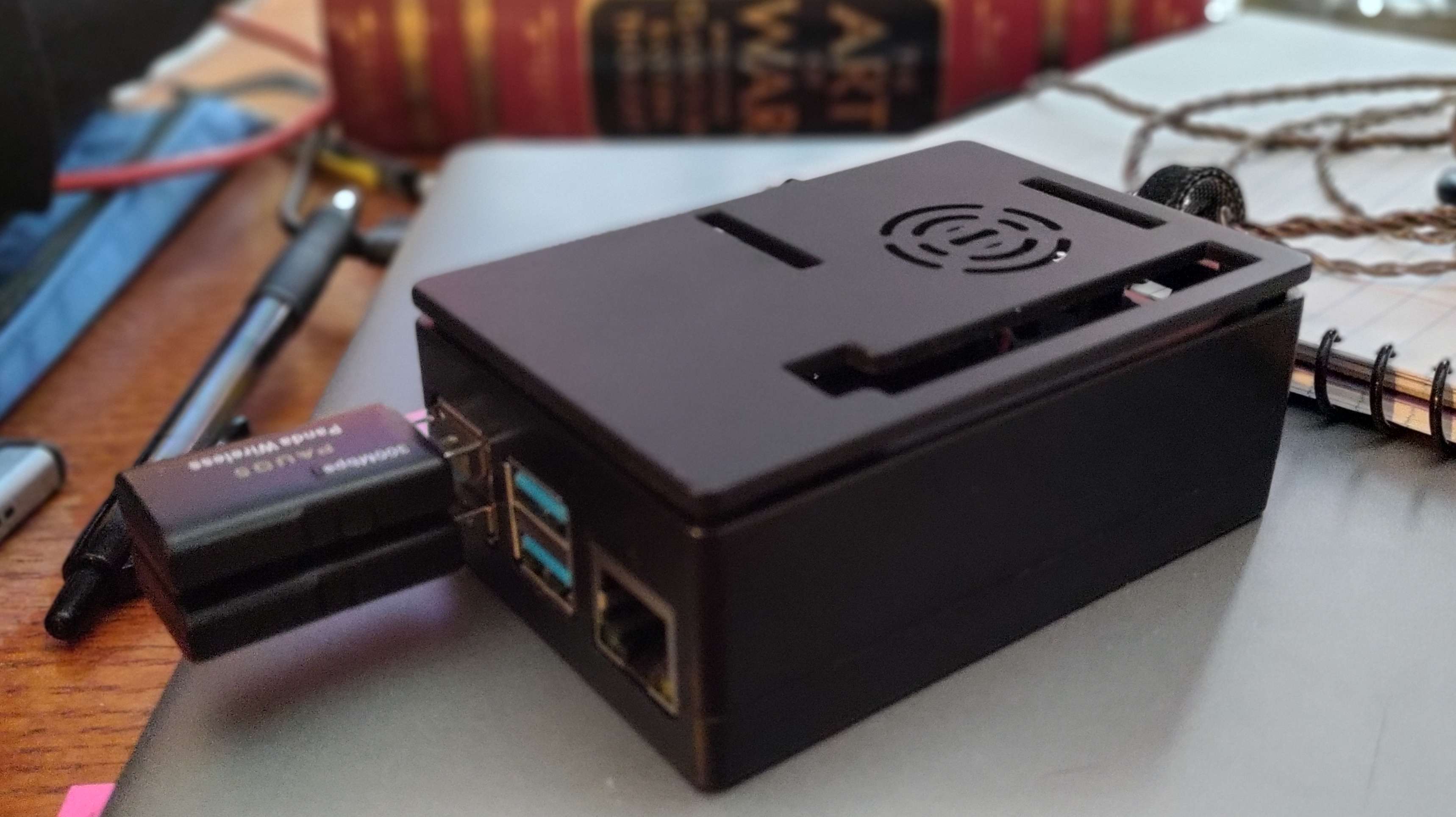- 5 Posts
- 34 Comments

 9·2 months ago
9·2 months agoThere’s also FitoTrack which is an open source, local android app for fitness tracking
That happens on my RSS reader, I haven’t looked into it too deeply but I’m assuming he’s using JavaScript to populate the entries and are thus not being populated on none dowser clients
I don’t know about local send specifically, but KDE Connect will do that. And if you have an FTP client on your phone, then yes you can easily spin up an FTP server on your local network and transfer files that way
Spotube is an android app that provides a frontend to Spotify and allows you to download songs you listen to to your device. Im guessing you could sync those files to your server and store them in a different system.
FreeIPA and Keycloak will give you directory management (LDAP and Kerberos), identity management, and single-sign on (OIDC and SAML) which if all your computers are running Linux as well, will give you centralized management of users.
You can then set other FOSS business management/productivity applications like NextCloud, Oodoo, Seafile, OnlyOffice, LibreOffice, CryptPad, etc. To use Keycloak as its authentication mechanism.
A lot of this will depend on what kind of work the business does.
You’ll also want to look into log management and SEIM for security monitoring, Wazuh, Graylog, and others. This is especially true if the business has any data compliancy responsibilities in the country this is in.

 3·6 months ago
3·6 months agoIn that case, this seems pretty reasonable – disclaimer: I can’t personally attest to the effectiveness of this

 221·6 months ago
221·6 months agoInform them of their rights: https://www.ilrc.org/red-cards-tarjetas-rojas#item-4476

 14·7 months ago
14·7 months agoI think the general consensus for homelabbers is a mesh network – Tailscale and Netbird are the two most popular options
I just wish I had done something absurd like sport a bright pink mohawk at some point before going bald 😂
Lol “Ukraine’s war against Russia” get the fuck out of here you punk ass shill
How about instead of restricting use of the software, adding in a clause that states "Use of this software is a formal acknowledgement and agreement by the user that race and gender are a social construct, gender identity and sexual orientation is a spectrum, humans can not be illegal,… " etc.
Thus use of the software is not restricted and is still open source, but forces groups, organizations, and people who disagree with the above to acknowledge something counter to their system of power.

 4·8 months ago
4·8 months agoThe Homelab Show was a good one, though they haven’t posted a new podcast in almost a year. Lawrence Systems and Learn Linux TV are the makers of it and have their own content as well

 61·8 months ago
61·8 months agoHarry Cox, son of Dick Cox
That would be if his name was Richard, not Robert

 1·9 months ago
1·9 months agoWhat’s your solution? PiHole? The thing I don’t like about the PiHole is the lack of wildcard domain rewrites. I’ve been playing with AdGuard Home and Unbound, not sure what my final solution will be, though.

 1·9 months ago
1·9 months agoYeah I’ve been toying with FreeIPA for IdM, Keycloak for SSO, and Netbird to create a zero trust internal network. DNS is the hurdle I’m currently figuring my way over

 18·10 months ago
18·10 months agoI’ve been playing with Stalwart-Email as a combined SMTP/IMAP server. Its open source and written in rust, still pretty early in development and I haven’t played with it enough to give any real opinion on the pluses or minuses compared to other software, but its worth taking a look at.

 9·11 months ago
9·11 months agoWhy is there a dunkin donuts app?




Well I’m assuming if it can bypass the lock screen somehow it can pull encryption keys, or just let the user gain full access to the phone and open the signal app directly.